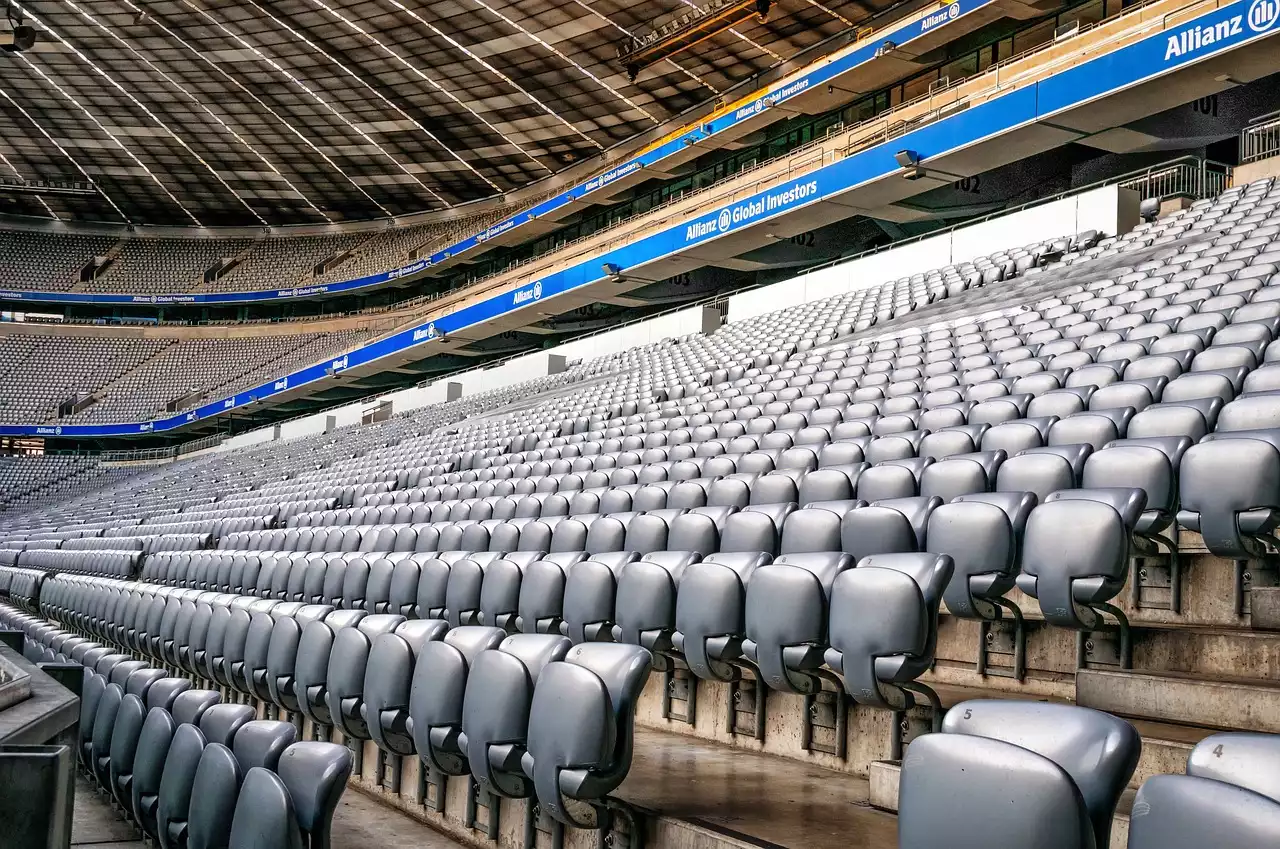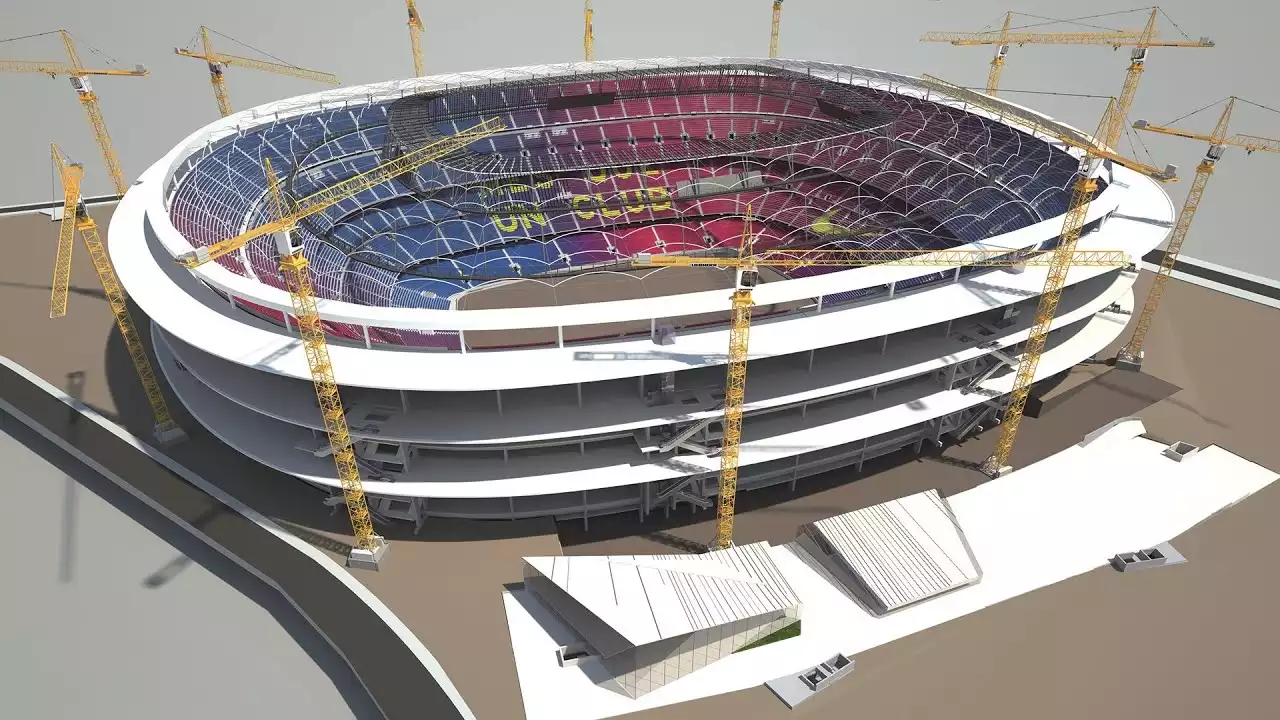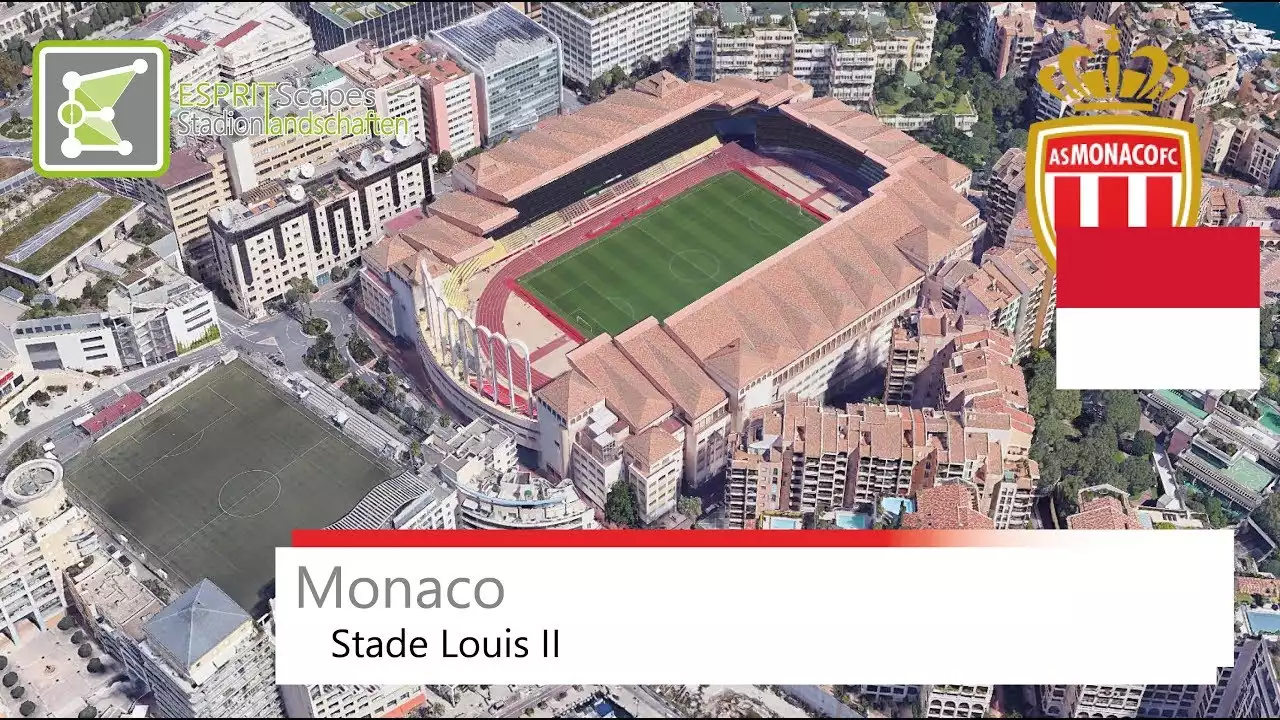History of Stadium Selection for the UEFA Super Cup
The history of stadium selection for the UEFA Super Cup dates back to its inception in 1972. In the early years, the venues for the match were chosen based on practicality and availability. The priority was to find a stadium that could accommodate the expected number of spectators while ensuring the safety and comfort of the fans. As the popularity of the UEFA Super Cup grew, so did the importance of selecting stadiums that could provide a grand stage for this prestigious event.
In the early days, the UEFA Super Cup was often hosted in smaller stadiums with limited capacity. The focus was on ensuring that the match could be enjoyed by the local fans, as well as the supporters of the competing teams. However, as the tournament gained more recognition and attracted a global audience, the demand for larger and more modern stadiums became apparent. The UEFA started to prioritize stadiums with a higher seating capacity and state-of-the-art facilities to accommodate the growing number of fans and provide an unforgettable experience.
The evolution of stadium selection for the UEFA Super Cup can be seen in the gradual shift towards iconic and historic venues. The organizers realized that hosting the match in stadiums with a rich footballing heritage added an extra layer of excitement and prestige to the event. This led to the selection of legendary stadiums such as the Camp Nou, San Siro, and the Santiago Bernabeu, which not only provided a captivating atmosphere but also showcased the history and tradition of European football.
Factors influencing stadium selection
The selection of a stadium for the UEFA Super Cup involves careful consideration of various factors. One of the most important factors is the seating capacity of the stadium. With the growing popularity of the tournament, the demand for tickets has increased significantly. Therefore, it is essential to choose a venue that can accommodate a large number of fans while ensuring their safety and comfort.
Another crucial factor is the infrastructure of the stadium. The UEFA Super Cup is a high-profile event that attracts fans, media, and dignitaries from all over the world. The stadium must have modern facilities such as media centers, VIP lounges, and hospitality suites to provide a world-class experience for everyone involved. Additionally, the availability of advanced technology, such as high-definition screens and state-of-the-art sound systems, contributes to creating an immersive and engaging atmosphere.
Accessibility is also a significant consideration in stadium selection. The UEFA Super Cup attracts fans from various countries, and it is essential to choose a venue that is easily accessible by air, rail, and road. The proximity of hotels, restaurants, and other amenities is also taken into account to ensure that fans have a convenient and enjoyable experience before, during, and after the match.
Furthermore, the historical significance of the stadium is often considered during the selection process. The UEFA Super Cup is a celebration of European football, and hosting the match in a stadium with a rich history adds a touch of nostalgia and grandeur to the event. Stadiums like Wembley and Old Trafford have witnessed countless memorable moments in football history, and hosting the UEFA Super Cup in such venues adds to the prestige and allure of the tournament.
The role of infrastructure in stadium selection
The infrastructure of a stadium plays a crucial role in the selection process for the UEFA Super Cup. In addition to providing a safe and comfortable environment for spectators, modern infrastructure enhances the overall experience of the event. State-of-the-art facilities such as high-definition screens, advanced sound systems, and interactive fan zones contribute to creating a vibrant and engaging atmosphere that captivates the audience.
One aspect of infrastructure that is particularly important is the availability of media facilities. The UEFA Super Cup attracts a significant amount of media coverage, both from television broadcasters and online platforms. Therefore, it is essential for the selected stadium to have a well-equipped media center that can accommodate the needs of journalists, photographers, and broadcasters. This includes facilities for press conferences, interview rooms, and high-speed internet connectivity.
Additionally, the infrastructure of the stadium should also cater to the needs of VIPs and dignitaries attending the UEFA Super Cup. Hospitality suites, VIP lounges, and exclusive seating areas are essential to provide a premium experience for guests. These facilities often include fine dining options, dedicated staff, and access to private areas where VIPs can socialize and network.
In recent years, technology has played a significant role in enhancing the infrastructure of stadiums. From high-definition screens that provide crystal-clear views of the action to interactive fan zones that allow spectators to engage with the event, technological advancements have revolutionized the stadium experience. The UEFA Super Cup aims to provide fans with a memorable and immersive experience, and modern infrastructure plays a vital role in achieving this goal.
Economic impact of hosting the UEFA Super Cup
Hosting the UEFA Super Cup has a significant economic impact on the selected city and the surrounding region. The influx of fans from all over Europe, coupled with the media coverage generated by the event, leads to increased tourism, hotel bookings, and spending on local businesses. The UEFA Super Cup provides a unique opportunity for the host city to showcase its attractions, culture, and hospitality to a global audience.
The economic impact of hosting the UEFA Super Cup goes beyond the immediate benefits of increased tourism and spending. The event also stimulates investment in infrastructure development, as the host city strives to improve its facilities to meet the needs of the tournament. This includes upgrades to transport networks, hotels, and stadiums, which not only benefit the UEFA Super Cup but also leave a lasting legacy for the city and its residents.
Furthermore, hosting the UEFA Super Cup contributes to the growth of the local football industry. The exposure generated by the tournament attracts the attention of sponsors, investors, and talent scouts, leading to increased investment in local clubs and academies. This creates opportunities for young players and boosts the overall development of football in the region.
The economic impact of hosting the UEFA Super Cup is not limited to the host city alone. The tournament has a ripple effect on the surrounding region, as fans often extend their stay to explore nearby attractions and destinations. This leads to increased revenue for businesses in the surrounding areas, such as restaurants, shops, and tourist attractions. The UEFA Super Cup, therefore, acts as a catalyst for economic growth and development in the host region.
Notable stadiums that have hosted the UEFA Super Cup
Over the years, the UEFA Super Cup has been hosted in some of Europe's most iconic stadiums. These venues have not only provided a grand stage for the tournament but have also become part of its rich history. Let's take a look at some of the notable stadiums that have had the honor of hosting the UEFA Super Cup.
1. Wembley Stadium, London, England: - Wembley Stadium is synonymous with football history and tradition. It has been the venue for numerous memorable matches, including the UEFA Super Cup. The stadium's iconic arch and state-of-the-art facilities make it a fitting stage for this prestigious event. - Wembley Stadium hosted the UEFA Super Cup in 2011 when Barcelona faced Porto. The match witnessed a thrilling encounter between two European giants, with Barcelona eventually emerging victorious.
2. Stade Louis II, Monaco: - Stade Louis II, located in the principality of Monaco, has hosted the UEFA Super Cup on multiple occasions. The stadium's unique setting, overlooking the Mediterranean Sea, adds to the charm and allure of the event. - The most memorable UEFA Super Cup held at Stade Louis II was in 2009, when Barcelona faced Shakhtar Donetsk. The match showcased the skill and flair of both teams, with Barcelona coming out on top.
3. Stadio San Nicola, Bari, Italy: - Stadio San Nicola, located in Bari, Italy, has hosted the UEFA Super Cup twice. The stadium's distinctive design, with its towering columns, creates a visually striking backdrop for the match. - The most memorable UEFA Super Cup held at Stadio San Nicola was in 1991, when Manchester United faced Red Star Belgrade. The match ended in a thrilling 1-0 victory for Manchester United.
4. Eden Arena, Prague, Czech Republic: - Eden Arena, the home stadium of Slavia Prague, hosted the UEFA Super Cup in 2013. The stadium's modern design and excellent facilities provided a perfect setting for the match between Bayern Munich and Chelsea. - The UEFA Super Cup held at Eden Arena was particularly memorable as it went to extra time and eventually a penalty shootout, with Bayern Munich emerging as the champions.
These stadiums, along with many others, have left an indelible mark on the history of the UEFA Super Cup. They have provided the stage for some of the most exciting and memorable matches in European football history, and their inclusion in the list of host venues further enhances the prestige and grandeur of the tournament.
Current trends in stadium selection for the UEFA Super Cup
As football continues to evolve, so does the process of stadium selection for the UEFA Super Cup. The current trends in stadium selection reflect the changing needs and expectations of fans, as well as the desire to create a memorable and immersive experience for spectators.
One of the prominent trends in stadium selection is the emphasis on sustainability and environmental consciousness. With the growing concern for climate change and the impact of large-scale events on the environment, the UEFA has started to prioritize stadiums that are eco-friendly and energy-efficient. This includes the use of renewable energy sources, efficient waste management systems, and sustainable transport options for fans attending the match.
Another trend in stadium selection is the focus on technology and innovation. Stadiums with advanced technological capabilities, such as high-definition screens, interactive fan zones, and seamless connectivity, are preferred for hosting the UEFA Super Cup. These technological advancements enhance the overall experience for fans, allowing them to engage with the event in new and exciting ways.
Additionally, there is a growing trend towards multi-purpose stadiums that can host a variety of events, including football matches, concerts, and other sporting events. These stadiums are designed to be flexible and adaptable, allowing for seamless transitions between different types of events. This trend reflects the desire to create stadiums that are not only functional but also economically viable in the long run.
Furthermore, the UEFA Super Cup has witnessed an increased focus on fan engagement and inclusivity. Stadiums that provide accessible seating options, dedicated fan zones, and facilities for disabled spectators are preferred for hosting the tournament. This ensures that fans from all walks of life can enjoy the match and be a part of the electrifying atmosphere.
The current trends in stadium selection for the UEFA Super Cup reflect the evolving nature of football and the desire to create an unforgettable experience for fans. From sustainability to technology, these trends shape the selection process and contribute to the overall success and grandeur of the tournament.
Challenges faced in stadium selection
While stadium selection for the UEFA Super Cup is a meticulous process, it is not without its challenges. One of the main challenges is finding a balance between capacity and atmosphere. The UEFA Super Cup attracts fans from all over Europe, and it is essential to choose a stadium that can accommodate a large number of spectators while maintaining an intimate and electrifying atmosphere. Striking the right balance between capacity and atmosphere is crucial to ensure that fans have an unforgettable experience.
Another challenge is the availability of suitable stadiums in different regions. The UEFA Super Cup aims to showcase the diversity and passion of European football by selecting stadiums from different countries. However, not all countries have stadiums that meet the required criteria in terms of capacity, infrastructure, and historical significance. This poses a challenge in finding suitable venues that can provide a grand stage for the tournament.
Additionally, there are logistical challenges in terms of transportation and accommodation. The UEFA Super Cup attracts a significant number of fans, media personnel, and dignitaries, and it is essential to choose a stadium that is easily accessible by air, rail, and road. The availability of hotels and other amenities in close proximity to the stadium is also a consideration to ensure that everyone involved has a seamless and enjoyable experience.
Furthermore, financial considerations play a role in stadium selection. Hosting the UEFA Super Cup requires a significant investment in infrastructure, security, and logistics. Therefore, it is important to choose a stadium that offers a balance between cost and quality. The UEFA aims to ensure that hosting the tournament is economically viable for the host city, while also providing a world-class experience for fans and stakeholders.
Despite these challenges, the UEFA Super Cup continues to captivate audiences with its selection of magnificent stadiums. The careful consideration of various factors and the dedication to creating an unforgettable experience for fans contribute to the success and grandeur of the tournament.










